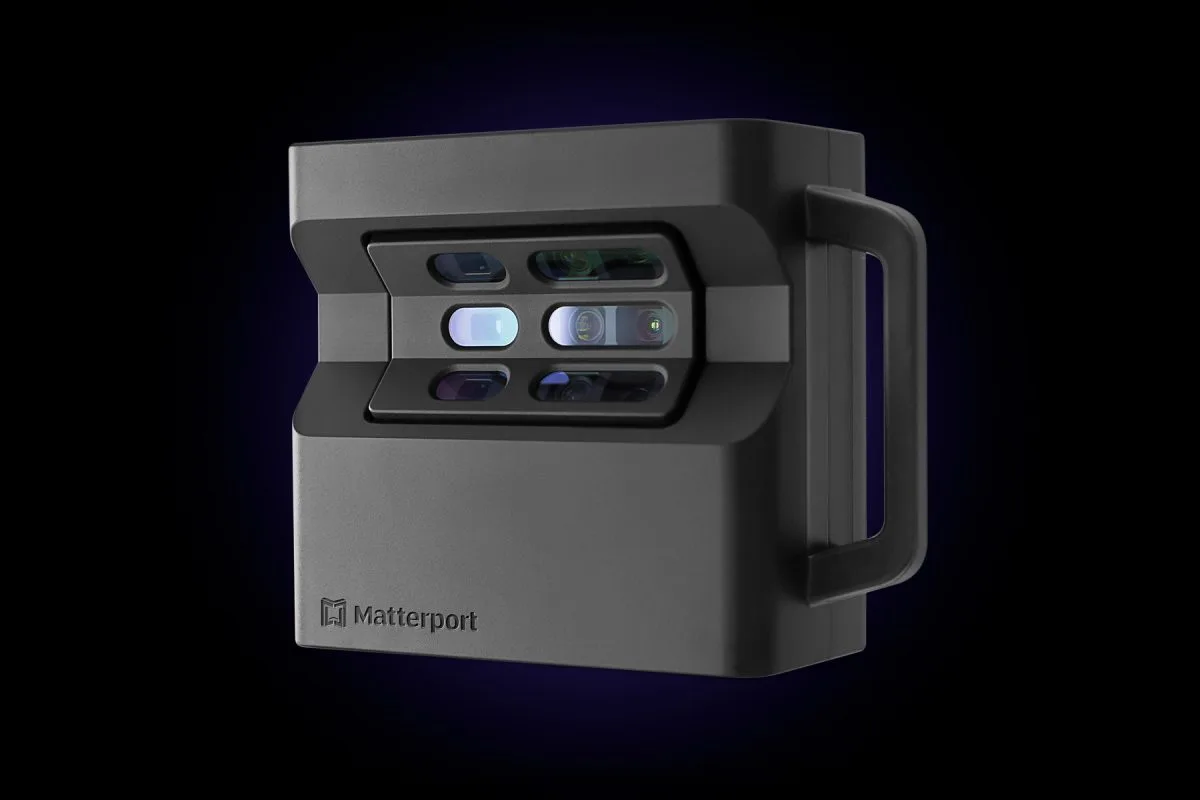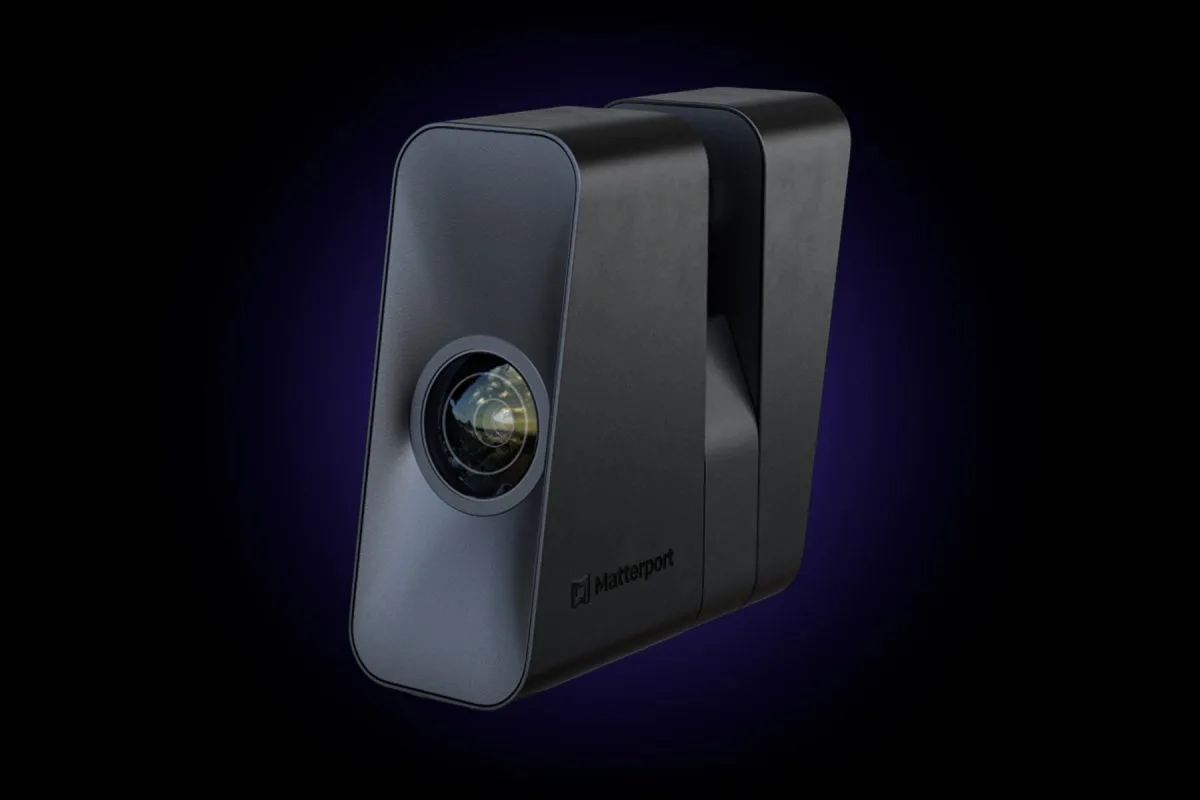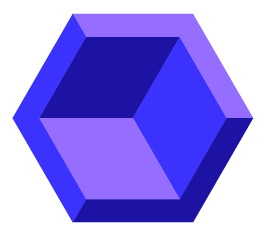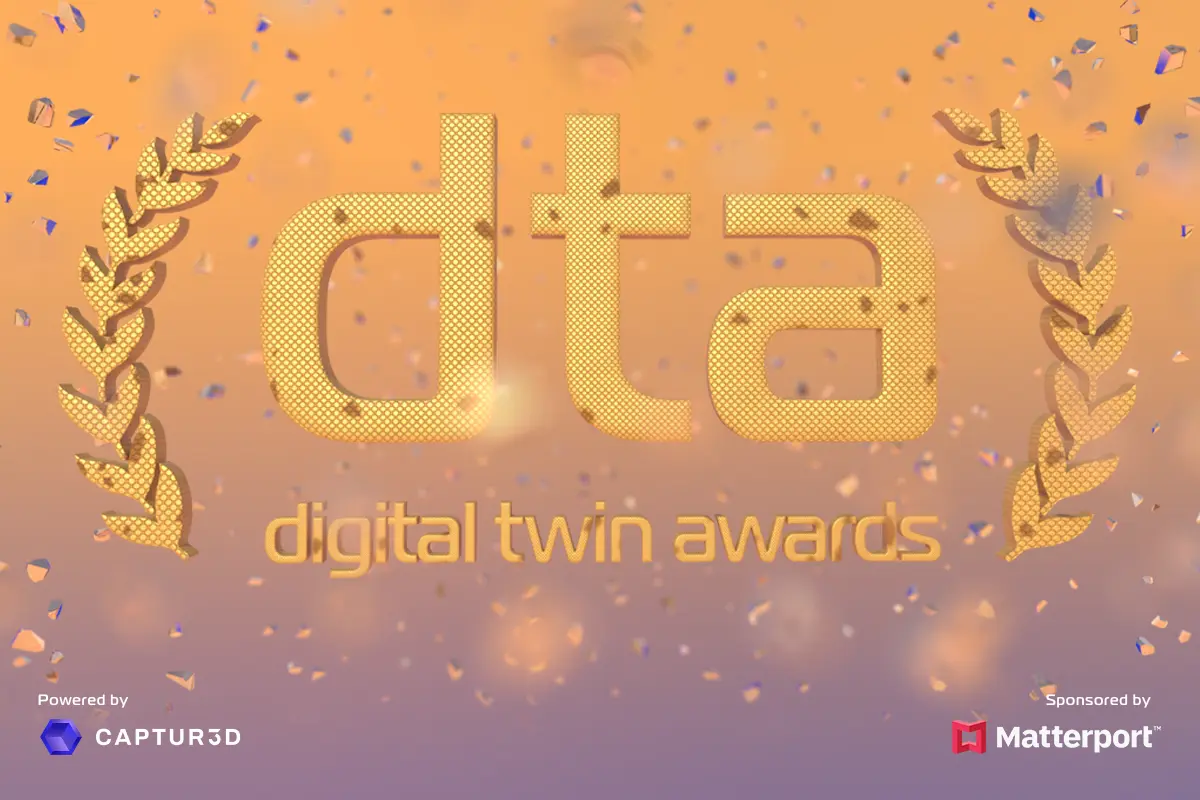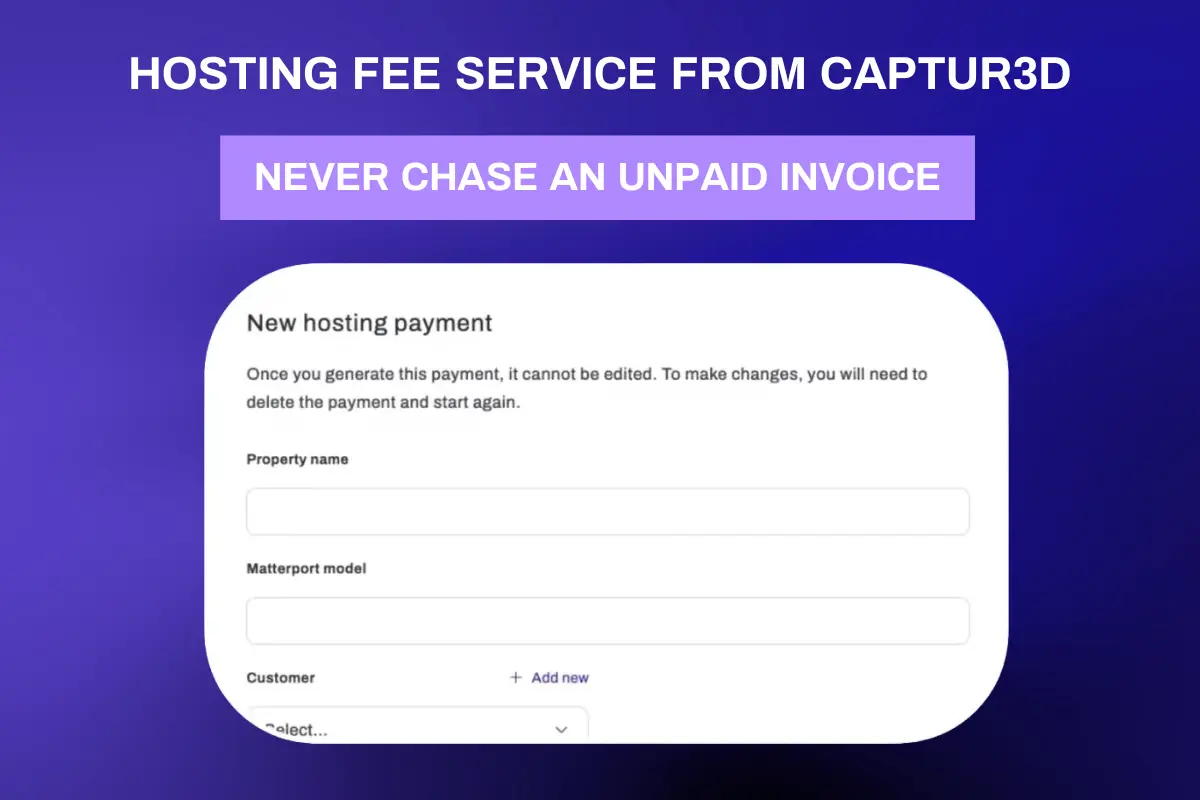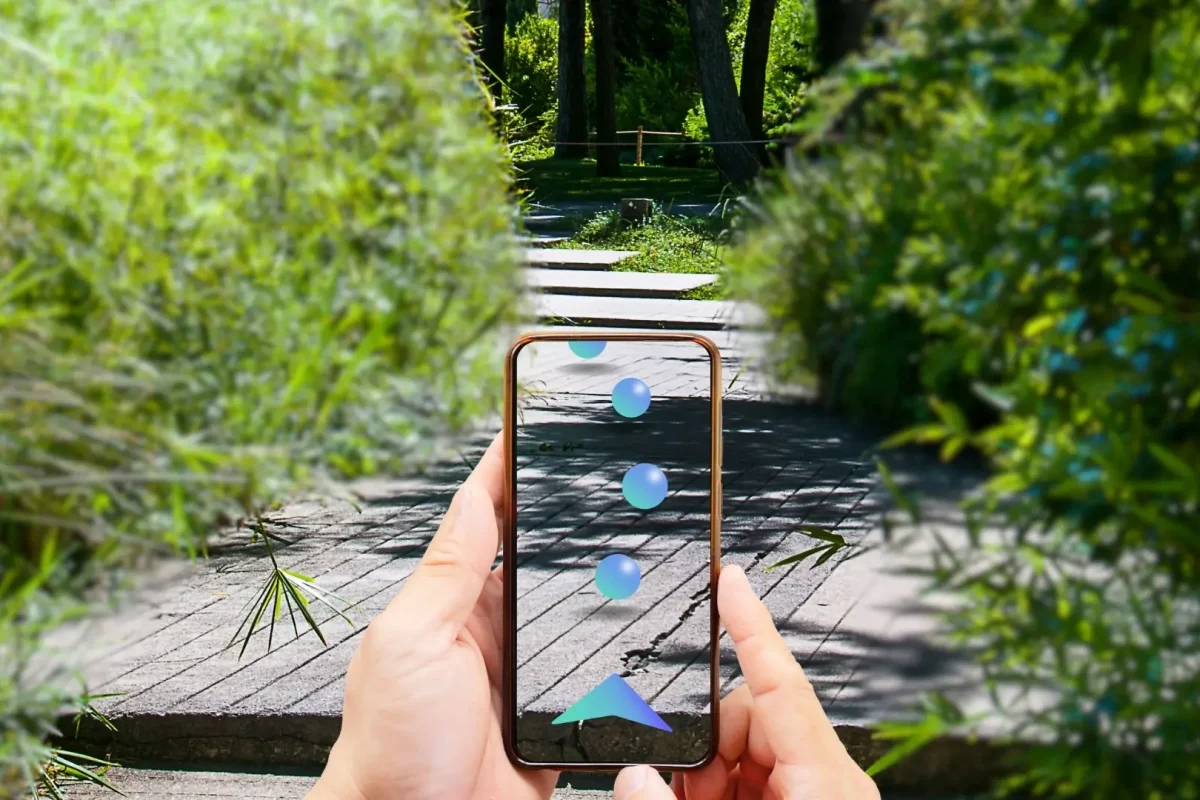Over the past few years, the construction sector has been increasingly utilising groundbreaking technologies like digital twins. Digital twins have become a game-changer by making projects run smoother, helping teams work together better, streamlining construction tasks, and boosting performance.
This article dives deep into how digital twins are shaking up the construction industry worldwide and how you can utilise them to make plans and oversee projects a lot easier.
What is a digital twin?
A digital twin is a digital representation of a physical object, process, service or environment that behaves and looks like its counterpart in the real-world. They’re used in various industries like real estate, education, automotive, healthcare, engineering, and aerospace. Formula 1 racing teams even use digital twins to make their cars perform better!
It all started back in 1970, during NASA’s Apollo 13 mission, the first digital twin was used when there was a crisis. When oxygen tanks exploded, risking the mission and the astronauts’ lives, a digital twin helped Mission Control figure out what went wrong and fix it, from 200,000 miles away.
Digital twins for construction
In construction, a digital twin is like a super detailed digital copy of a building or project, like a bridge or a city block. It’s created using technology like 3D LiDAR cameras, drones, and sensors. These digital twins can also be called data twins or virtual models.
After acquiring data from a building or construction site, virtual copies allows you to monitor simulated changes and gain deeper insights into their functionality and use. This technology is incredibly useful for enhancing understanding and project management.
How are digital twins for construction made?
Digital twins for construction are made by collecting real-world info about the building or structure using 3D LiDAR cameras, like the Matterport Pro2 and Pro3, drones, and sensors. When paired with smart tech like IoT and AI, a digital twin can pull from lots of different sources and automatically update itself to match changes in the real world.
Because a digital twin gives you information about how something looks and behaves, it can tell you details like its shape, where it is, and even if it’s under stress from things like traffic or wind, or if there’s a leaky pipe.
Digital twin technology for project visualisation
Digital twin technology uses advanced visual tools like 3D modelling, AR, and VR to create immersive project replicas. In construction, one major perk of digital twins is their ability to show the entire project digitally. This helps everyone involved understand the design, layout, and how things fit together.
By checking out the digital twin, project teams can spot design problems, plan construction steps, and manage resources better. These tools let stakeholders virtually walk through and examine the project, spotting issues early and planning before any building starts.
Identifying and addressing potential issues
Digital twins simulate the construction process digitally, allowing teams to identify potential clashes or mistakes early. This enables adjustments to be made promptly, preventing minor issues from escalating into major problems and keeping the project on track. One of the best things about digital twins is real-time updates of the project. They gather information from many gadgets and tools on site, like sensors and machinery. This information helps engineers make smart decisions quickly, ensuring every resource is used efficiently
But it’s not just about spotting problems; digital twins allow busy teams to collaborate remotely. All key stakeholders can share information and stay in the loop. It’s a game-changer for teamwork and ensures everyone’s on the same page, reducing the margin for error.
Major takeaways:
- Digital twins enable the early detection of design flaws and clashes, minimising costly rework during construction.
- By simulating construction processes and analysing the virtual model, project teams can identify potential conflicts, or inconsistencies in the design.
- Spotting issues early lets us tweak designs promptly, cutting down on mistakes and making construction run more smoothly.
Real-time monitoring of construction progress
Digital twins help to closely monitor construction projects, providing real-time updates on progress. Teams can see what’s happening. They’re like having a super-powered surveillance system that tracks every little detail. Pulling out data from many gadgets and sensors on site, like smart IoT devices, and also completing project milestones. This live monitoring isn’t just about keeping score – it’s about making smart moves too. Digital twins allow teams to make decisions based on hard data, not just guesswork.
It’s all about staying ahead of the game and keeping things running like clockwork.
Major takeaways:
- Digital twins offer real-time monitoring of construction progress, giving project teams the ability to keep a close eye on different tasks and how they’re going.
- Merging data from IoT devices and sensors, the digital twin gathers up-to-the-minute details on construction milestones, material deliveries, and how productive the workforce is.
- This live tracking helps project managers make decisions based on data, pinpoint problem areas, and fix issues quickly.
Optimising construction processes
Digital twins ensure the right use of resources on construction projects by analysing thinking like material use, equipment use, and productivity.
Teams can use this valuable information and tweak their resource use. This prevents waste and keeps things running well and with fewer problems. Digital twins help ensure every penny counts and every project shines.
Major takeaways:
- Digital twins optimise resource allocation and utilisation by providing insights into resource availability and demand.
- By analysing data on material usage, equipment utilisation, and labour productivity, project teams can optimise the allocation of resources, reducing waste and improving overall efficiency.
- This optimisation leads to cost savings and better project outcomes.
Enhanced construction planning and scheduling
When it comes to planning and scheduling of construction projects, digital twins act like future simulations letting us peek into the future by simulating different scenarios and spotting any potential problems or delays. By looking at the digital version and bringing together all sorts of data about how things will be built, project teams can work out the best schedule, pinpointing the most important tasks and figuring out what could go wrong.
This proactive approach isn’t just about avoiding headaches – it means projects are more likely to finish on time, with fewer surprises along the way. In short, digital twins help us stay one step ahead, making sure every project is a success from start to finish.
Major takeaways:
- Digital twins facilitate improved construction planning and scheduling by simulating project scenarios and identifying potential risks and delays.
- By analysing the virtual model and integrating data on construction sequences, project teams can optimise schedules, identify critical path activities, and develop contingency plans.
- Proactive planning minimises project delays and ensures timely project delivery.
Revolutionising digital transformation
The push for sustainable and energy-efficient buildings is giving digital twins a big boost in construction. There’s a growing demand for smarter buildings, opening up exciting opportunities for digital twins. They’re helping companies simulate and fine-tune how they use energy, which means cutting down on carbon emissions and making buildings more eco-friendly.
On top of that, the rise of data attainability and the use of Internet of Things (IoT) devices in construction projects are pushing digital twin tech even further. By tapping into data from IoT devices, construction firms can create ultra-high-definition digital twins that help them nail down every element of a project. With Building Information Modelling (BIM) getting better all the time, more IoT devices popping up, and data everywhere you look, digital twins are gearing up to shake things up in construction.
To sum up, construction companies that utilise digital twin technology are in for some serious benefits. By using digital twins, they can fine-tune construction schedules, cut down on waste, beef up safety measures, and save money – all things that make a big difference in the industry.
Ready to integrate digital twins into your business?
At CAPTUR3D, our virtual tour software optimises Matterport digital twins for Architecture Engineering and Construction professionals to showcase projects in an immersive and impactful way, enhancing client engagement and driving business growth. Learn more


